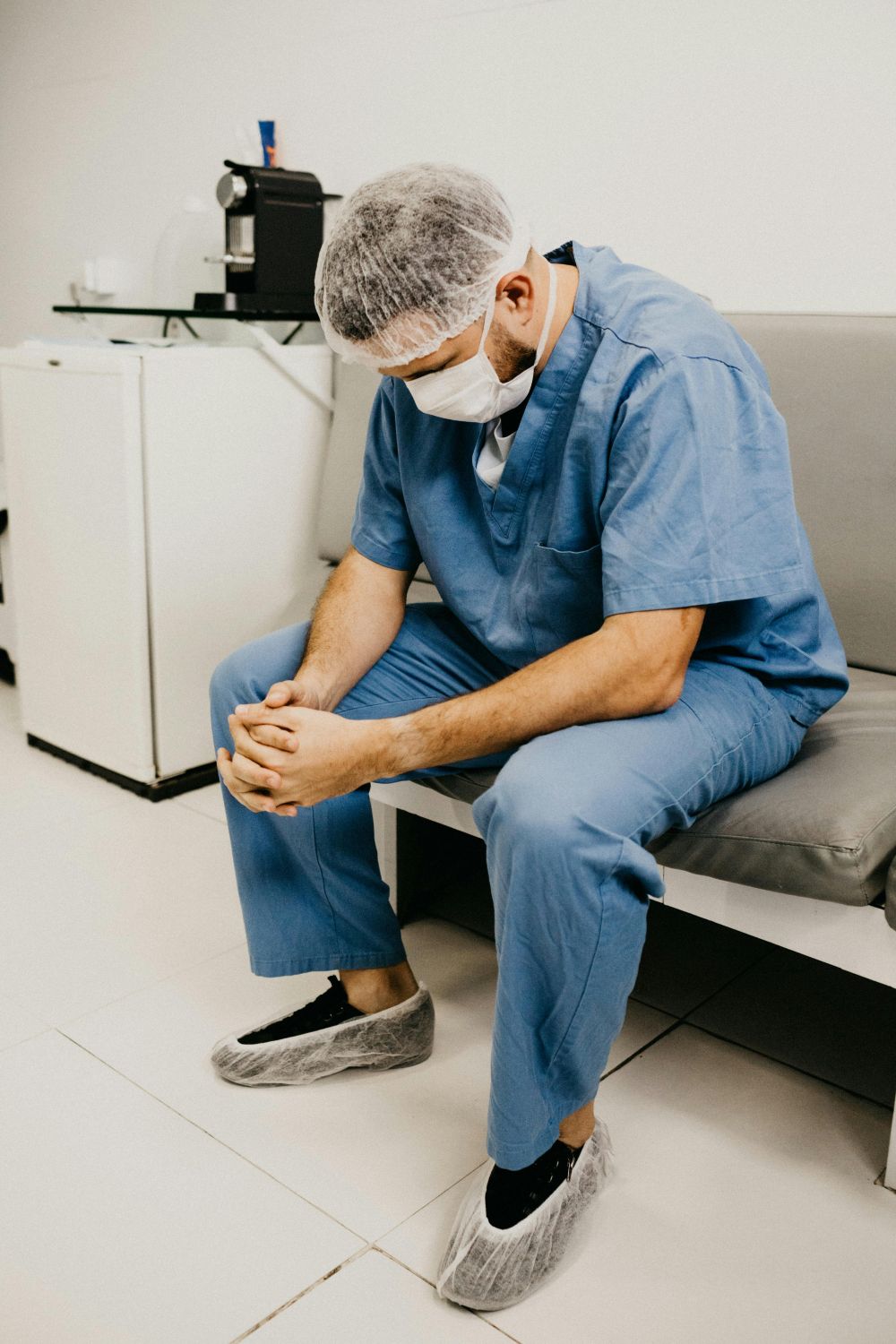Iowa’s rural hospitals face growing doctor shortage worsened by pandemic burnout.
In the small town of Sigourney, Iowa, Keokuk County Hospital sits quietly with just 14 beds and a simple emergency room that runs all day and night. It doesn’t have a delivery ward or an operating room. Just two full-time doctors cover the hospital’s needs, and it’s been that way for a while. Matt Ives, the person in charge of running the hospital, is trying to find a third physician to help out. But finding new doctors, especially for rural areas, amid shortages has become harder than ever since the pandemic began. A few doctors retired in the last few years, and others have simply stopped working in areas like emergency care, which often demands fast thinking, long hours, and high pressure.
About 40 minutes away, Washington County Hospital faces the same struggle. It has 22 beds and also can’t find enough doctors and nurses. Its leader, Todd Patterson, says the problem started before COVID-19 but got worse when many older doctors decided to call it quits during the pandemic. On top of that, younger doctors weren’t stepping in fast enough to fill the gap. Health care workers faced tough shifts during the height of COVID. Some stayed the course, but many left health care altogether, worn down by the pressure and stress. Some never came back.
People who study health care trends say the shortage we’re seeing now was building for years. COVID just made everything happen faster. Many doctors stuck around to help during the emergency, but when it was over, they were too tired to continue. Now they’re gone, and the gap they left behind is wide.

Iowa is feeling it badly. Christi Taylor, who leads the Iowa Medical Society, says it’s not just a problem—it’s a full-blown crisis. Iowa ranks low in terms of how many doctors are available to patients. The state stands 44th out of 50 in that category, which means a lot of people don’t have quick access to care when they need it. In rural areas, where hospitals are already small and stretched thin, that can lead to serious consequences.
A national survey from 2022 shows that more health care workers than ever before are feeling burned out. Many are thinking about changing careers or have already done so. Even though more people have entered the health field since the pandemic, it’s still not enough to catch up with the number of people leaving or retiring.
There’s also the issue of America’s aging population. As more people get older, they need more care. That care has to come from somewhere, and right now, there just aren’t enough doctors to meet the need. The Association of American Medical Colleges says the country could be short nearly 86,000 doctors by the year 2036 if nothing changes. That’s a big number, and it means more people will end up in emergency rooms because they can’t get regular appointments. This problem doesn’t affect everyone equally. People with fewer resources, those in rural areas, and those already struggling with their health are hit the hardest.
Iowa lawmakers are starting to notice. Some are trying to fix the problem by offering help to medical students who agree to work in the state. There are also efforts to bring more residency spots to Iowa so that students finishing medical school can stay and train there to address the shortages. Without more training opportunities, even those who want to work in rural Iowa may have to leave to complete their education—and they might not return.
If changes don’t happen soon, hospitals like the one in Sigourney may find themselves with even fewer doctors. And in places where every doctor counts, that could mean fewer people getting care when they need it most.
Sources:
COVID worsened shortages of doctors and nurses. Rural hospitals are still struggling
COVID made shortages of doctors and nurses even worse. Rural hospitals still struggle


Join the conversation!